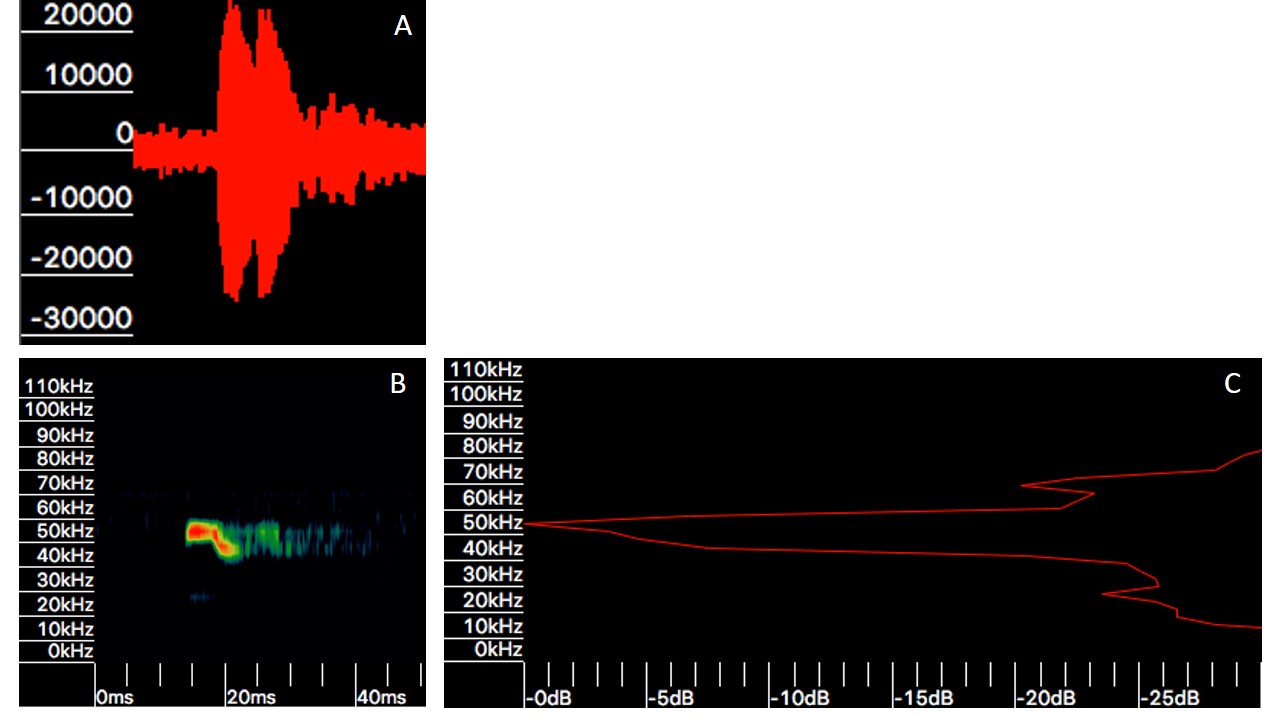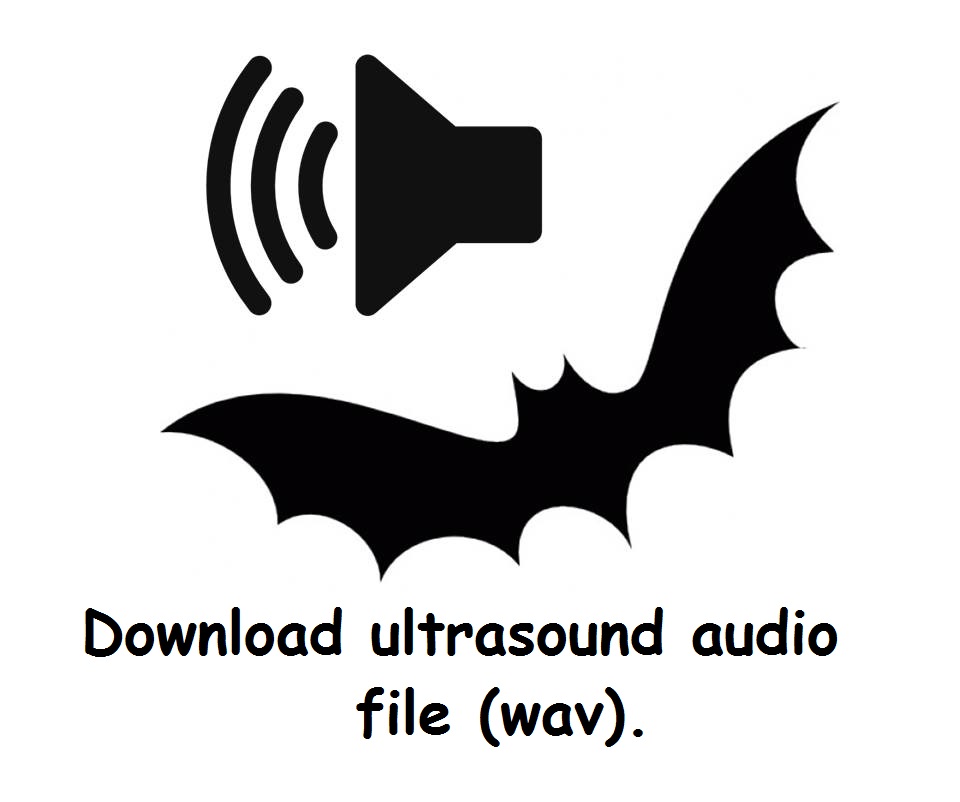Languages
Pteronotus gymnonotus
Pteronotus gymnonotus
 The body length these bats can vary from 5.5 to 6.9 cm, with a weight of 11 to 18g. The dorsal coat is dark reddish-brown with a lighter belly. The tail is longer than the uropatagium and the wings are joined to the body along the dorsal line, giving the impression that the back is hairless.
The body length these bats can vary from 5.5 to 6.9 cm, with a weight of 11 to 18g. The dorsal coat is dark reddish-brown with a lighter belly. The tail is longer than the uropatagium and the wings are joined to the body along the dorsal line, giving the impression that the back is hairless.
They live in caves and cracks in rocks and trees, forming colonies that can reach thousands of individuals. In addition, they cmay coexist with other species of the same family such as P. rubiginosus and P. personatus.
They forage in open and dry areas.
Its call is known to have a constant frequency (CF) with a low modulated frequency (Fmb), and is identified by the constant frequency starting at 55 to 60 kHz.
Its distribution includes northeast Colombia, northwestern Venezuela, Guyana, French Guiana, Brazil, Peru and western Bolivia. It also occurs in Mexico and Central America.
Figure 1. Echolocation call of Pteronotus gymnonotus. A) Oscillogram of acoustic pulses; B) Spectrogram of a sequence of calls; C) Intensity spectrogram. (Click figure to enlarge)





